Transformation To The Future
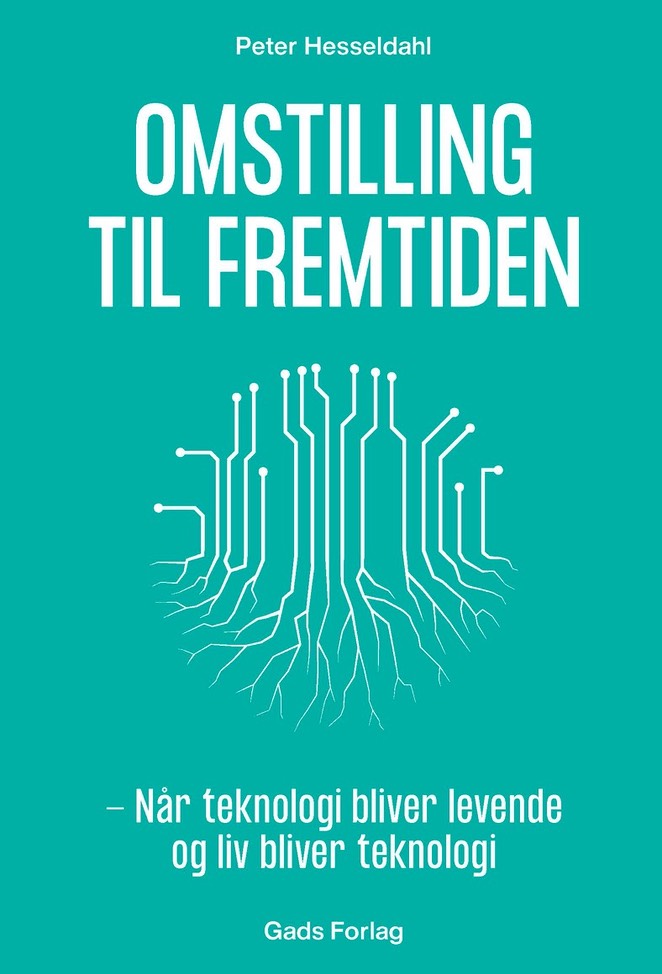
So far, we have developed technology to overcome and exploit nature and to fra ourselves from nature’s constraints. The next technological paraigm will be about understanding biology and ecosystems and creaitng an economy that works in cooperation and balance with nature.
Thsi book argues that we are facing three major transformations, simultaneously and within the next few decades. We need to succeed with all three.
- Our relationship with nature and th ecosystems, which we are an inseperable part of must be redefined - and it has to happen quickly.
- We are leaving the industrial society and and moving into a new economic logic, and the way we organize value creation and sharing of the goods is increasingly in nede of an update.
- As technologies become more intelligent, life-like and capable, we humans need to rethink our roles in relation to machines in order to maintain control.
“Transformation To The Future” looks at what we can do to ensure that the enormous forces at play in the coming years of transition will bring us progress rather than disaster. The books shows a future that i fundamentally changed - for the better.
The book is based, among other thing, on interviews with a large number of the world’s leading researchers, economists and business leaders, and on analyzes for the Danish business magazine Mandag Morgen.
You can download a brief summary here
I presented some of the main point in this presentation, recorded in Stockholm, for Optilon, the logistics company:
We-economy - beyond the industrial logic
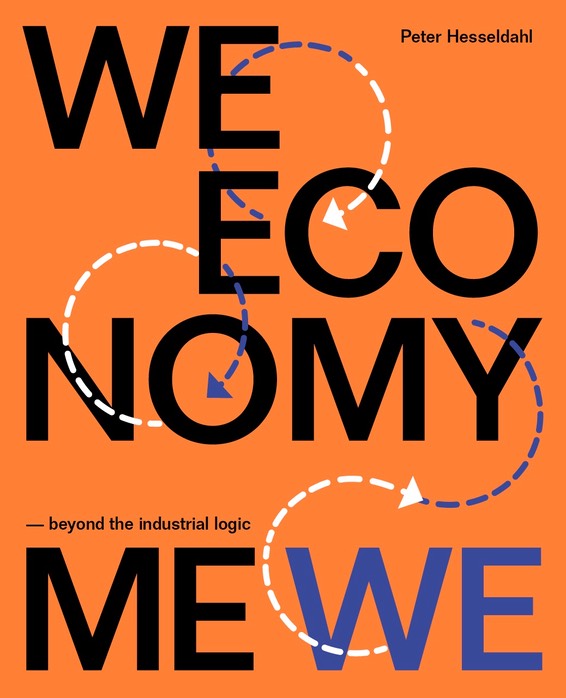
We-economy focuses on the transition to a new economy, based on digital platforms, smart objects and the Internet of things.
The book examines how the way we organize value creation is changing, and how this in turn changes society, the skills we need, the way we collaborate and work, and the way the gains are shared.
You can read all about it here
Ground rules for the 21st. century
The book is a comprehensive overview of the trends that are shaping our future. It identifies a number of “game rules” that one should be aware of in order to thrive as we move ahead.
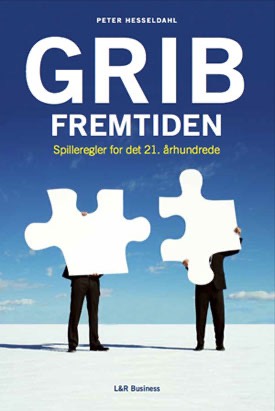
The book examines how the relationship between the individual and the community is changing. We are facing a variety of difficult challenges, but perhaps the most important change we need is to realize that we are fundamentally interdependent, whether we like it or not. We are connected - by technology and by ecology - and our fate is increasingly shared. Now we need to act accordingly.
It is published in Danish, but I have translated it into English.
You can download the chapters and read more about it here.
There is an English abstract of the main points here.
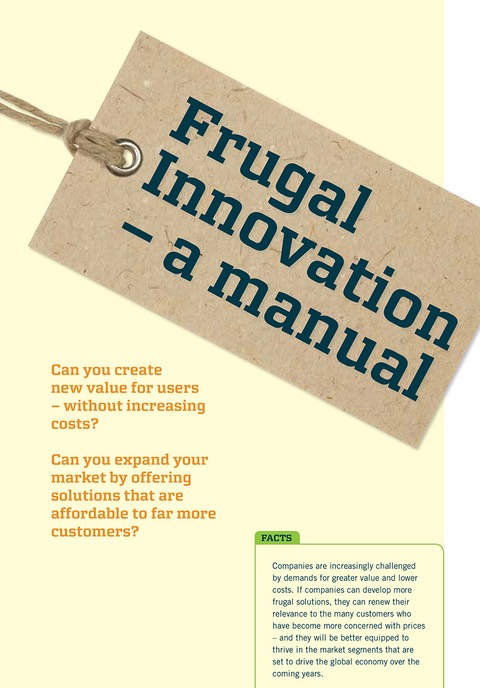
At the Danish Universe Foundation, I managed a project about "Frugal solutions".
The basic idea is that as growth stagnates in the West there will be an increasing demand for products and service, which offer the quality that matters to end users at a lower price.
The project examined how Western companies might create solutions that add value in ways that doesn't raise prices.
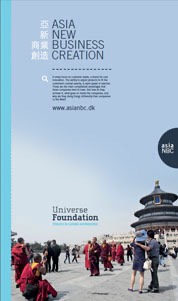 I coordinated Asia New Busines Creation, a project where companies from Denmark, China, Singapore and Korea exchanged methods and experiences in innovation.
I coordinated Asia New Busines Creation, a project where companies from Denmark, China, Singapore and Korea exchanged methods and experiences in innovation.
You can read more about the project and download the beautiful booklet which summarizes our findings.
You can also have a look at this short tongue-in-cheek video presenting the 4 main characteristics of the innovation approach of Asian companies - using LEGO bricks to explain. All you need to know in 3 min and 42 secs.
Snapshots from the future
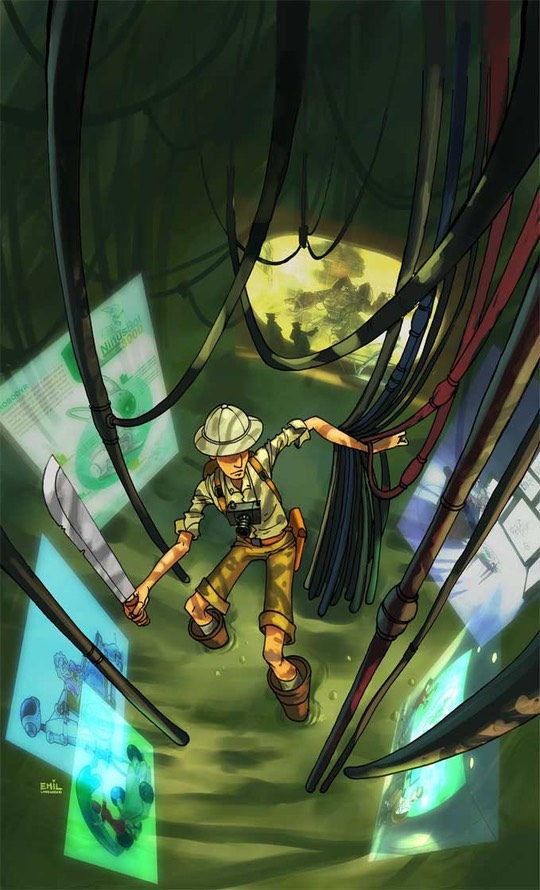
My book ”Snapshots from the future” contains 7 short stories that describe life in about 25 years time - give or take a decade.
The book is published in Danish, but the text has been translated into English and the whole thing is posted right here
For years I've wanted to create something like a cartoon, with a heavy emphasis on pictures and a narrative form to engage readers more emotionally. I've tried to keep it light and inviting - but the underlying facts are never the less a quite serious attempt to destill years of future studies into a coherent picture.
It can be read by kids at about 15 years, but it's not meant to be just for school. I would hope that anyone trying to make sense of the future could find some inspiration in it.